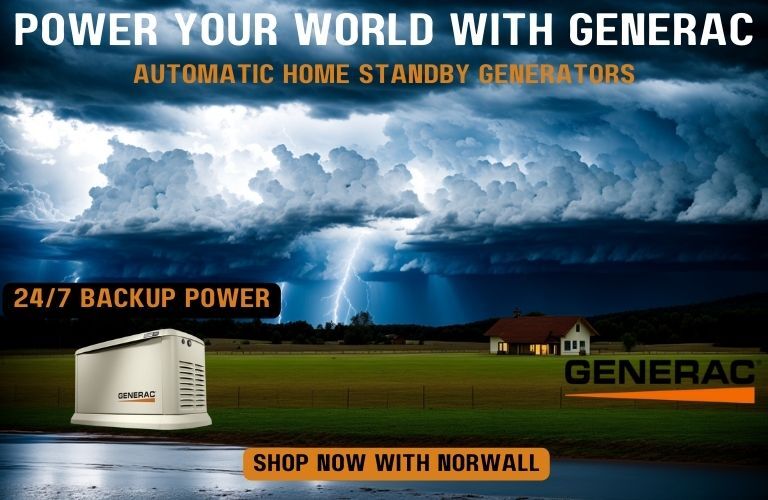Best Selling Standby Generators






Portable Generators
Business Standby Commercial Generators
About Norwall PowerSystems
Established in 1997, Norwall PowerSystems specializes in Backup Power Generator and Generator Equipment sales for homes and businesses.
We sell and support: Generac Power Systems, Briggs & Stratton, Kohler Power Systems, Cummins Power Generation, Onan RV Generators, Champion Generator, Westinghouse, Kubota and other Great Brands. Our warehouses throughout the US stock 1000s of standby generators, RV generators, portable generators, automatic transfer switches, and replacement parts.
Customer Service and Sales staff offer more than 60 years combined experience in the electrical power industry. We attend regular, factory sponsored training and stay up to date on new products. Our customers enjoy the knowledgeable, courteous, and timely service from our experts on the products we sell.
24 Years In Business
200,000+ Generators sold to date
99.9% Unreturned shipments
ALWAYS EXCELLENT CUSTOMER SERVICE
Haven't got it yet
Everything went smooth, product was delivered in good condition in a timely manner. Received exactly what I ordered.




































